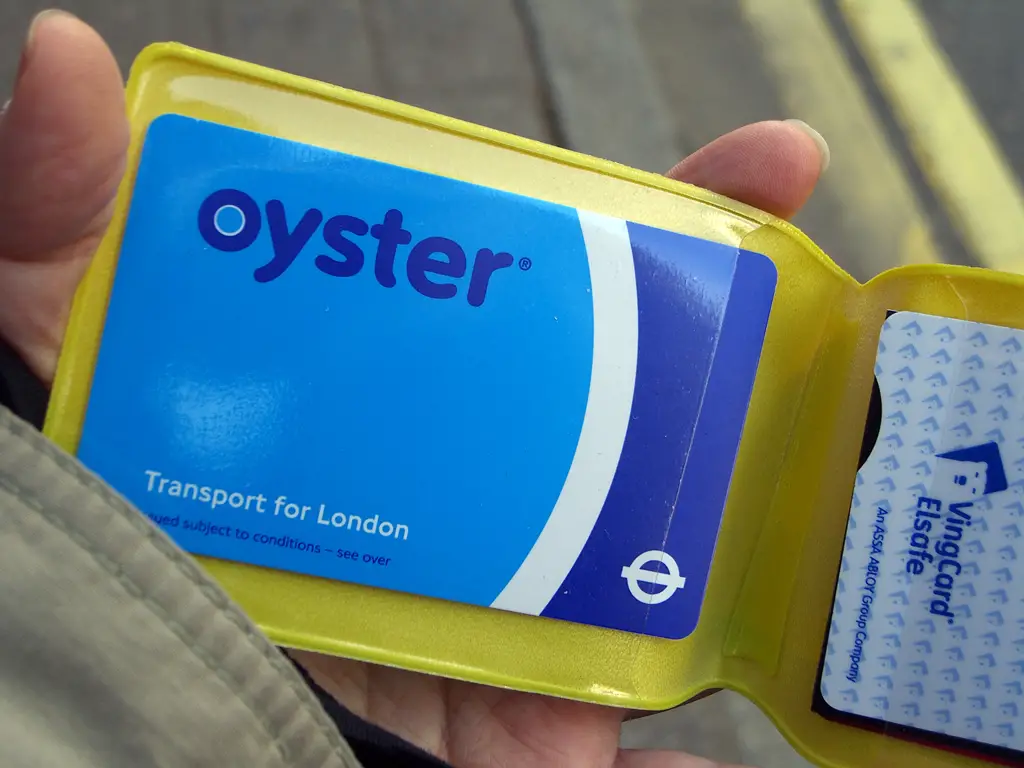Is Vancouver the best city and Zimbabwe’s Harare the worst city? Yes, according to this year’s Global Liveability by the Economist. The ranking considers indicators in five categories – Stability, Healthcare, Culture & Environment, Education, and Infrastructure.
The choice of indicators seems ambitiously comprehensive and fair. The top-ten chart is populated by, perhaps unsurprisingly, cities of Canada, Northern Europe, and Australasia. However, as far as ‘liveability’ is concerned, how the cities are ranked exposes a systemic bias. To be sure, Vancouver, Vienna, and Melbourne are admirably high-quality cities in and of themselves. By the same token, it goes without saying Nigeria’s Lagos, who scores a scanting 33% in Education, is no child’s paradise. But how the indicators are chosen reveals the report’s pre-selected audience.
One salient instance is ‘humidity/temperature’ which is rated as acceptable, tolerable, uncomfortable, undesirable, or intolerable. This indicator almost naturally rules out Brasilia, Kuala Lumpur, and other tropical cities as remotely ‘tolerable’, much less questioning how one can assess without bias an in-group’s inclination towards certain weather types. Therefore, it’s one thing to factually describe how adverse a country’s weather can be, but it’s quite another to give ‘points’ or grades to something as locale-specific as climate and geography as if the city could attempt to improve or alter. Similarly, another indicator – the climate’s ‘discomfort to travellers’ – relies predominantly on the outsider’s perspective and preference-based attitude. There is no accident, then, that cities with climate rated as ‘tolerable’ (read most pleasant) are also those that pose least discomfort to travellers, ignoring the stark seasonal variations that can make Sydney’s summer as unforgiving or as ‘undesirable’ as Ho Chi Minh or Bangkok. For better or worse, humidity/temperature’ along with other indicators like ‘sporting and cultural availability’, and ‘food and drink’ carry a weight of 25% whereas Education, a basic benchmark of local literacy health, is factored in at only 10%.
Rather than account for progress in policy change, the ranking considers instead some indicators that are of a nearly static, absolute nature. For developed countries, such indicators as ‘quality of road network’ or ‘quality of water provision’ although a necessary benchmark for a city’s infrastructure, are unlikely to significantly change from one year to the next. Like their temperate, thus ‘tolerable’ weather, the mature infrastructure makes Vancouver, Melbourne, and the other chart-toppers, natural winners who will continue to occupy this rank’s top spots for years to come. Cities with a long-established tradition of sound fiscal health and sizeable capital are clearly at an advantage in providing development of corresponding proportions. This preexisting differential ‘wealth factor’ is not normalized but is simply dismissed out of the equation, a twist that brings about a ranking that overwhelmingly privileges stable, rich cities while ignoring the poorer towns’ progress and leaving the rich, yet underperforming cities intact despite their enabling wealth. Unlike Calgary, water in Singapore may not be immediately potable, but how many millions of gallons are being responsibly reclaimed and desalinated as we speak? Not to mention the new solar panels that Bangladeshi’s Dhaka is constantly adding, or how water used in Phnom Penh’s squat toilets is much more resource-efficient than Toronto’s flush-operated ones.
The Economist’s ‘Most Liveable Cities’ is the Best Student award, a commendation it rightfully is meant to be. In this spirit, acknowledgement is also due for the world’s most improved students. In face of Vancouver’s lead and the Copenhagen Model, there is also Brazil’s Curita whose BRT has now inspired the entire global South, Colombia’s Bogotá who, faced with a financial constraint, chose to pave pedestrian paths before roads, or Seoul who removed the downtown freeway and planted in its stead a revitalizing waterpark, an inconceivable proposition that would be shot down in a North American city hall.While the Economist ranks cities according to their ‘good quality housing’ for potential expatriates, there are city governments who strive as hard to provide affording housing for all. Even in the narrowest sense, liveability should reflect incremental policy shift relative to the city’s respective past in order to see how well the place has fared.
The Economist Intelligence Unit makes it clear this is no ‘green index’ and the rating is primarily intended for Western first-rate white-collars considering their expatriate relocation options, so much so that some surveys are fine-tuned in this regard and even filled out by in-house staff not the city’s residents. Therefore, the Economist’s conception of ‘liveability’ is neither inaccurate nor misleading, for it clearly sets out its preferred audience. However, when a label as vast and loaded as ‘liveable’ is the word of choice and is exploited to rate and rank in broad strokes a phenomenon as rich as a city, it has to allow room for liveability that is locally perceived and thus defined.



